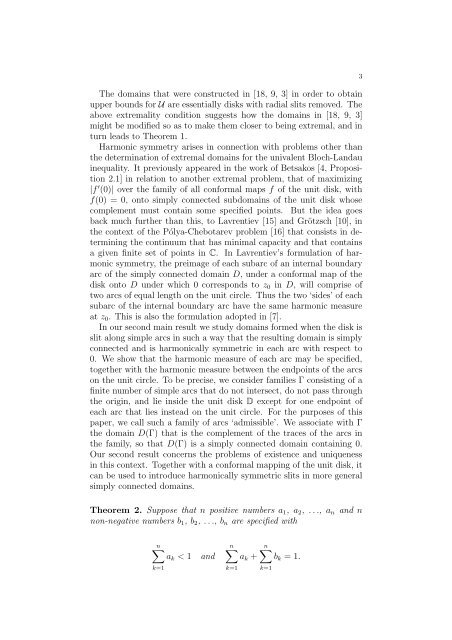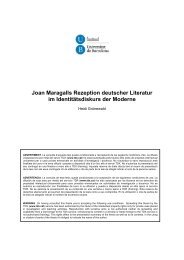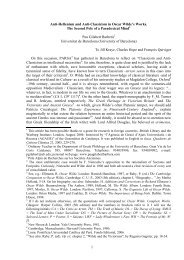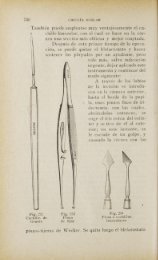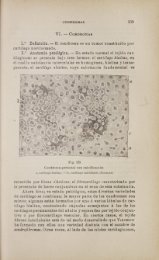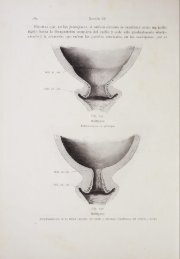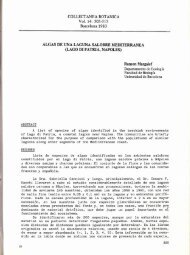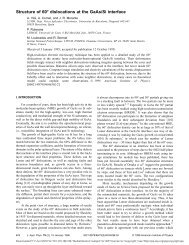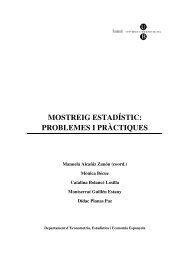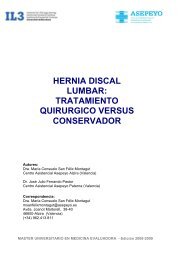The univalent Bloch-Landau constant, harmonic symmetry and ...
The univalent Bloch-Landau constant, harmonic symmetry and ...
The univalent Bloch-Landau constant, harmonic symmetry and ...
You also want an ePaper? Increase the reach of your titles
YUMPU automatically turns print PDFs into web optimized ePapers that Google loves.
<strong>The</strong> domains that were constructed in [18, 9, 3] in order to obtain<br />
upper bounds for U are essentially disks with radial slits removed. <strong>The</strong><br />
above extremality condition suggests how the domains in [18, 9, 3]<br />
might be modified so as to make them closer to being extremal, <strong>and</strong> in<br />
turn leads to <strong>The</strong>orem 1.<br />
Harmonic <strong>symmetry</strong> arises in connection with problems other than<br />
the determination of extremal domains for the <strong>univalent</strong> <strong>Bloch</strong>-<strong>L<strong>and</strong>au</strong><br />
inequality. It previously appeared in the work of Betsakos [4, Proposition<br />
2.1] in relation to another extremal problem, that of maximizing<br />
|f ′ (0)| over the family of all conformal maps f of the unit disk, with<br />
f(0) = 0, onto simply connected subdomains of the unit disk whose<br />
complement must contain some specified points. But the idea goes<br />
back much further than this, to Lavrentiev [15] <strong>and</strong> Grötzsch [10], in<br />
the context of the Pólya-Chebotarev problem [16] that consists in determining<br />
the continuum that has minimal capacity <strong>and</strong> that contains<br />
a given finite set of points in C. In Lavrentiev’s formulation of <strong>harmonic</strong><br />
<strong>symmetry</strong>, the preimage of each subarc of an internal boundary<br />
arc of the simply connected domain D, under a conformal map of the<br />
disk onto D under which 0 corresponds to z 0 in D, will comprise of<br />
two arcs of equal length on the unit circle. Thus the two ‘sides’ of each<br />
subarc of the internal boundary arc have the same <strong>harmonic</strong> measure<br />
at z 0 . This is also the formulation adopted in [7].<br />
In our second main result we study domains formed when the disk is<br />
slit along simple arcs in such a way that the resulting domain is simply<br />
connected <strong>and</strong> is <strong>harmonic</strong>ally symmetric in each arc with respect to<br />
0. We show that the <strong>harmonic</strong> measure of each arc may be specified,<br />
together with the <strong>harmonic</strong> measure between the endpoints of the arcs<br />
on the unit circle. To be precise, we consider families Γ consisting of a<br />
finite number of simple arcs that do not intersect, do not pass through<br />
the origin, <strong>and</strong> lie inside the unit disk D except for one endpoint of<br />
each arc that lies instead on the unit circle. For the purposes of this<br />
paper, we call such a family of arcs ‘admissible’. We associate with Γ<br />
the domain D(Γ) that is the complement of the traces of the arcs in<br />
the family, so that D(Γ) is a simply connected domain containing 0.<br />
Our second result concerns the problems of existence <strong>and</strong> uniqueness<br />
in this context. Together with a conformal mapping of the unit disk, it<br />
can be used to introduce <strong>harmonic</strong>ally symmetric slits in more general<br />
simply connected domains.<br />
<strong>The</strong>orem 2. Suppose that n positive numbers a 1 , a 2 , ..., a n <strong>and</strong> n<br />
non-negative numbers b 1 , b 2 , ..., b n are specified with<br />
3<br />
n∑<br />
a k < 1 <strong>and</strong><br />
k=1<br />
n∑ n∑<br />
a k + b k = 1.<br />
k=1 k=1


